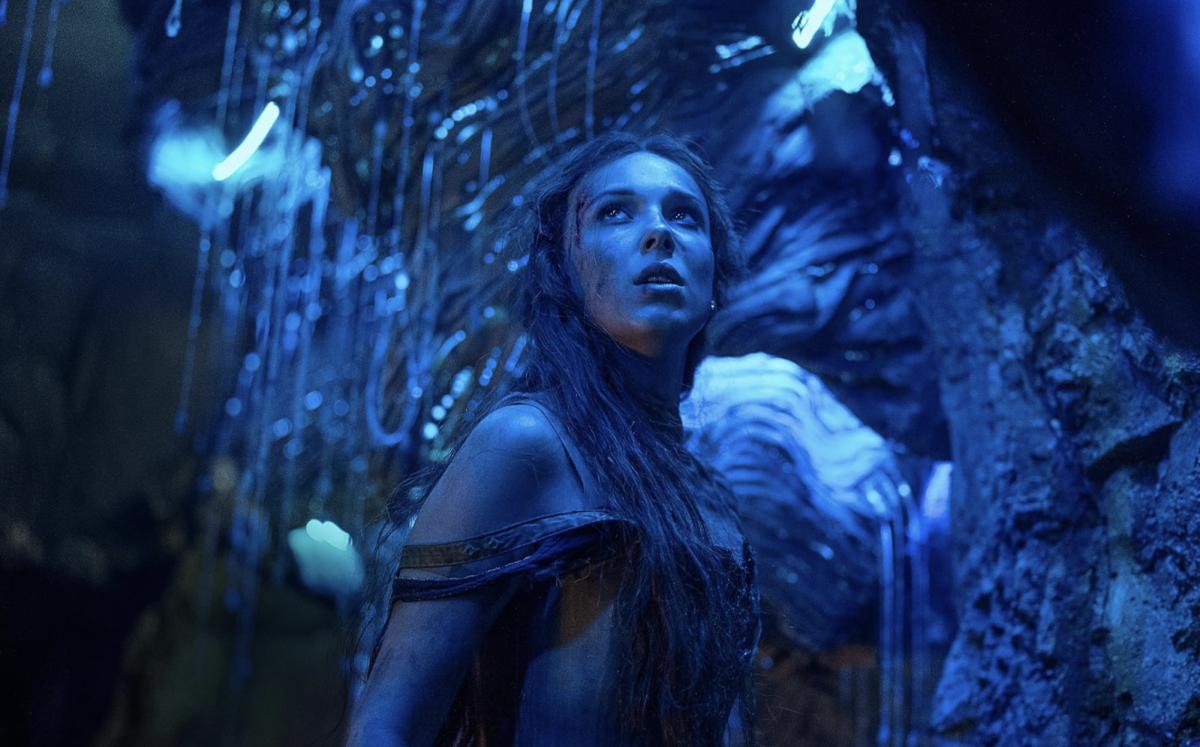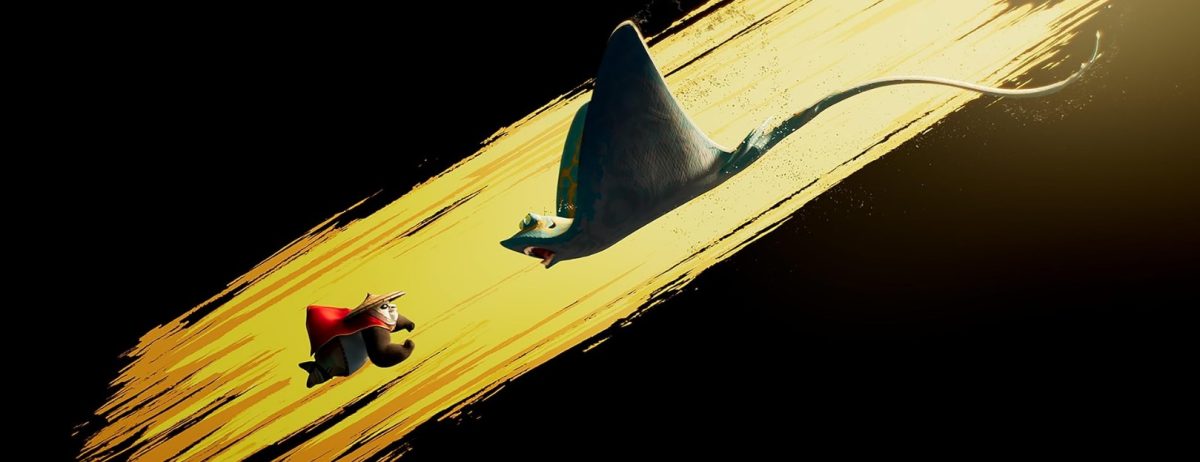
Forget Anakin Skywalker, the “Chosen One,” and meet Paul Atreides, the enigmatic “Kwisatz Haderach.” Directed by Denis Villeneuve, “Dune: Part Two” seamlessly continues the story of Paul (Timothée Chalamet) as he navigates the perilous political terrain of Arrakis, the desert planet that is the sole producer of the universe’s most valuable substance that powers interstellar travel, the spice melange. Paul and his formidable mother, Lady Jessica (Rebecca Ferguson), immerse themselves with the Fremen, the indigenous people of Arrakis, forging alliances and challenging the oppressive rule of Paul’s sworn enemies, those of the House Harkonnen, a powerful rival family.
As Paul’s bond with the Fremen strengthens, his prophesied role as the “Kwisatz Haderach” becomes increasingly apparent, ushering in increasingly potent and troubling visions of the future. Alongside Chani (Zendaya), a Fremen warrior and Paul’s love interest, and Stilgar (Javier Bardem), a Fremen tribe leader, Paul embarks on a path of vengeance and liberation. “Dune: Part Two” is a cinematic masterpiece, brimming with stellar performances, awe-inspiring visuals, exhilarating action sequences and immersive sound design, setting up the series to become the “Star Wars” of our generation.
“Dune: Part Two” features a constellation of rising stars and veterans. Chalamet and Zendaya, two of Hollywood’s hottest Gen Z actors, light up the screen and anchor the expansive narrative with their tender romance. Bardem entertains viewers with moments of comic relief to balance the film’s intense pace. Austin Butler stands out with an exceptionally menacing performance as House Harkonen’s most lethal psychopath, Feyd-Rautha Harkonnen. Butler infuses each of his scenes with chilling tension and is arguably one of the most disturbing supervillains since Heath Ledger’s Joker.
Perhaps the strongest aspect of “Dune: Part Two” is its jaw-dropping visuals, elevating the movie into one of the most captivating cinematic experiences of recent times. Villeneuve transports the audience to diverse planets, showcasing intricately detailed environments brought to life through the expert use of color, architectural forms and costume design.
Giedi Prime, the ominous stronghold of House Harkonnen, is starkly rendered in ghostly grays and Stygian blacks, embodying the essence of death and destruction. The Harkonnens’ glossy black armor resembles arachnid exoskeletons, subconsciously triggering the audience’s fear and disgust. Here, dazzling pyrotechnics are reimagined into inky spectacles that bloom and unfurl in mesmerizing designs.
Arrakis, the film’s focal point, is a stunning tableau of brutal beauty filled with ochre dunes and sienna ridges. The architecture of the Fremen, influenced by ancient Mesopotamian ziggurats and Egyptian pyramids, imbues the arid landscape with a sense of antiquity.
Throughout the film, Villeneuve masterfully displays the filmmaking principle of “show, don’t tell.” Rather than narrating the harsh desert conditions, Villeneuve plunges the audience into searing visuals of undulating heat waves. Intimate close-ups of sand trickling through the characters’ fingers enhance the gritty, immersive feel of the film. Similarly, instead of burdening audiences with an overt exposition of Fremen culture, Villeneuve weaves in scenes that emphasize the Fremen’s reverence for water, vividly demonstrated in moments where characters are admonished for shedding tears and are shown reclaiming water from the deceased.
In addition, the action sequences in “Dune: Part Two” are executed with exceptional finesse. Paul Atreides’ first ride atop a giant sandworm is electrifying. A striking shot captures Paul’s determination as he teeters on the fearsome serpent. The music crescendos as Paul triumphantly finds his balance, fulfilling part of the Fremen prophecy.
The climatic duel between Paul and Feyd-Rautha is another masterclass in action. The sequence eschews music in favor of the raw, unadulterated cacophony of battle. The expert cinematography closely tracks the combatants’ crisp choreography while the film’s adept editing strikes a balance between its breakneck pace and coherence. The outcome is a thrilling fight scene that showcases the climax of the movie.
Hans Zimmer’s accompanying score is predictably brilliant, incorporating custom-made ballasts and contrabass duduk not found in Western orchestras to evoke an otherworldly allure. Zimmer adeptly tailors specific sound designs for each planet for maximum sonic contrast: a chilling, metallic suite for the Harkonnens to capture their icy brutality and a warm yet haunting choral motif for the Fremen to reflect their resilience and desert affinity.
While the film boasts considerable strengths, it navigates inherent challenges as well. Devotees of Frank Herbert’s seminal 1965 novel, “Dune,” may lament the simplification of its intricate plot and deviations from the original storyline. However, such distillation is essential, considering the runtime and the goal of making the film approachable for those unacquainted with the Dune saga.
Lastly, the film’s abrupt cliffhanger ending may frustrate some viewers. While this technique effectively builds anticipation for future installments, it may also create a sense of incompletion. Nonetheless, this choice faithfully mirrors the original novel, wrapping up storylines and character arcs and setting the stage for the galactic war in Herbert’s second novel.
Overall, “Dune: Part Two” cements Denis Villeneuve’s reputation as one of the greatest directors of our time, showcasing a level of craftsmanship that ranks it among the finest science fiction films ever made. Our voyage through the “Dune” universe is only beginning, and if Part Two is any indication, we’re in for an exhilarating ride.




















